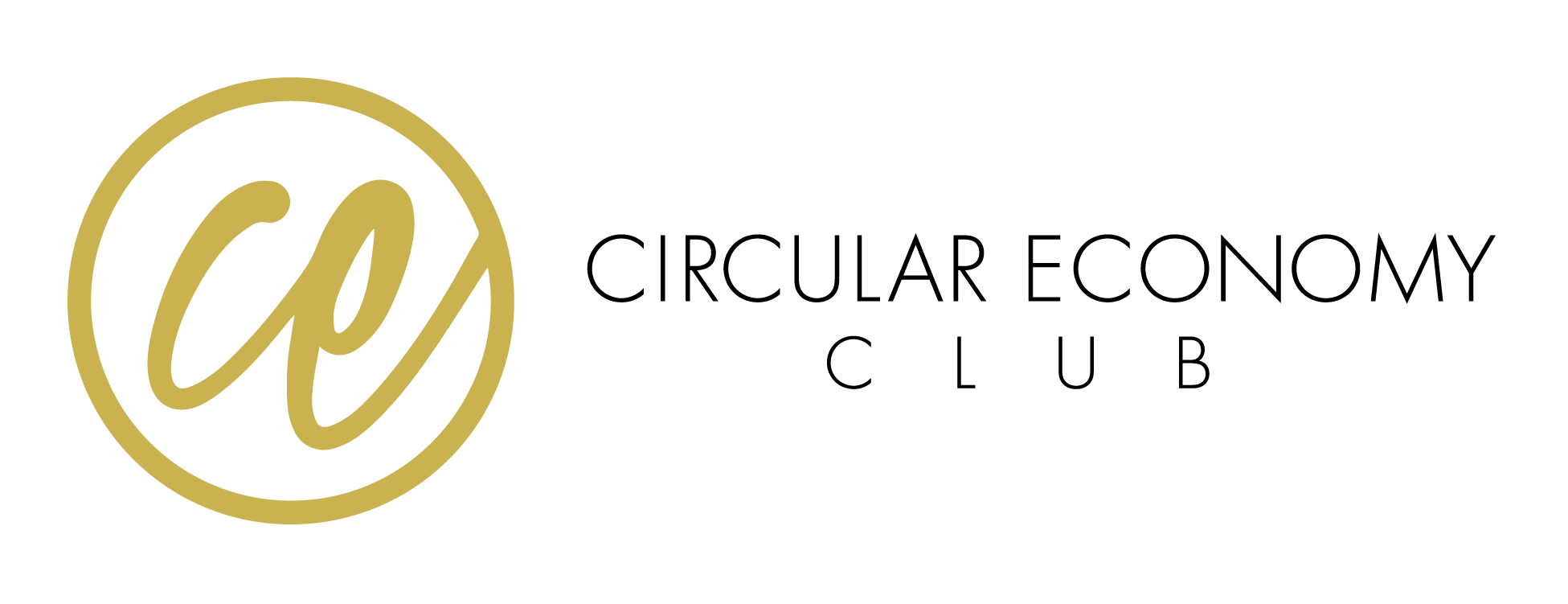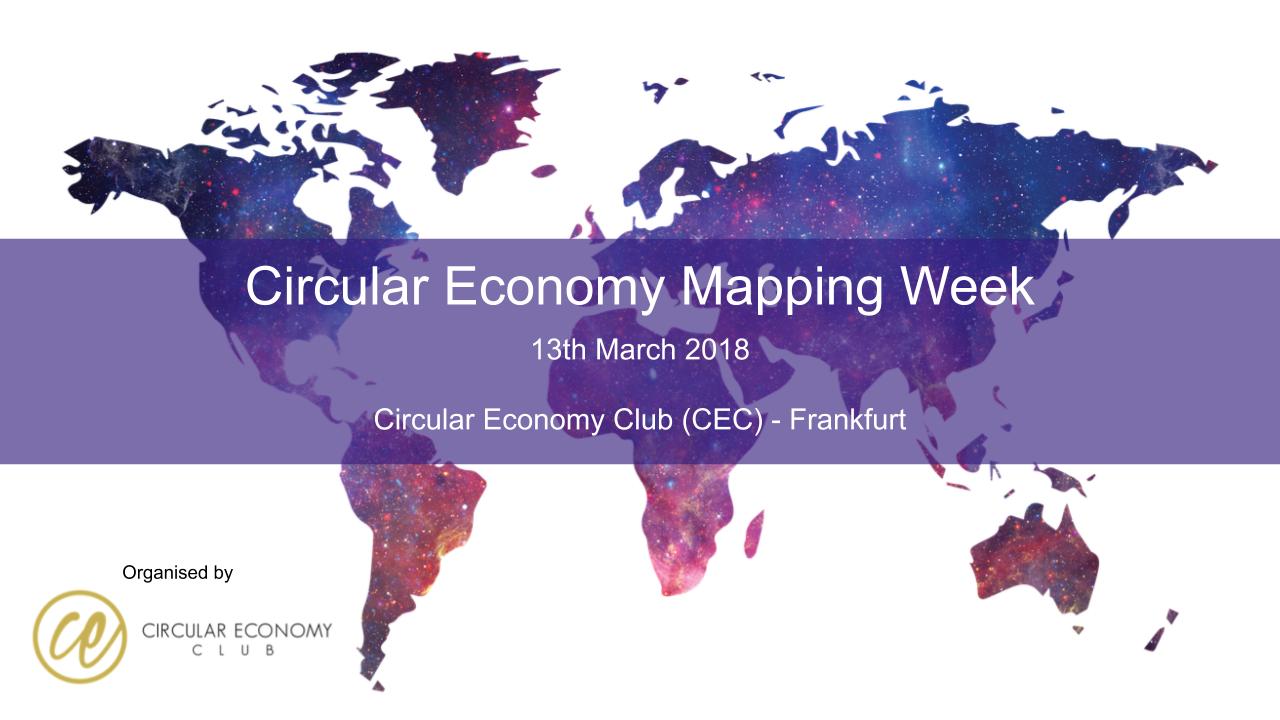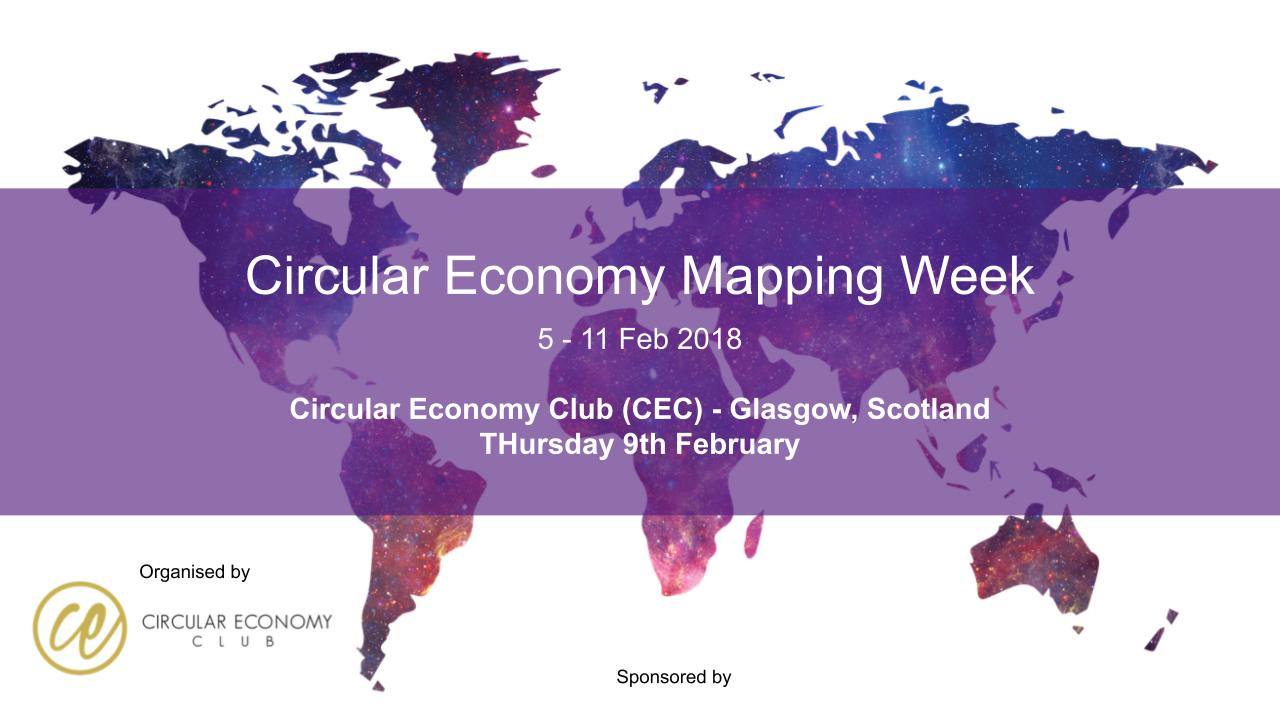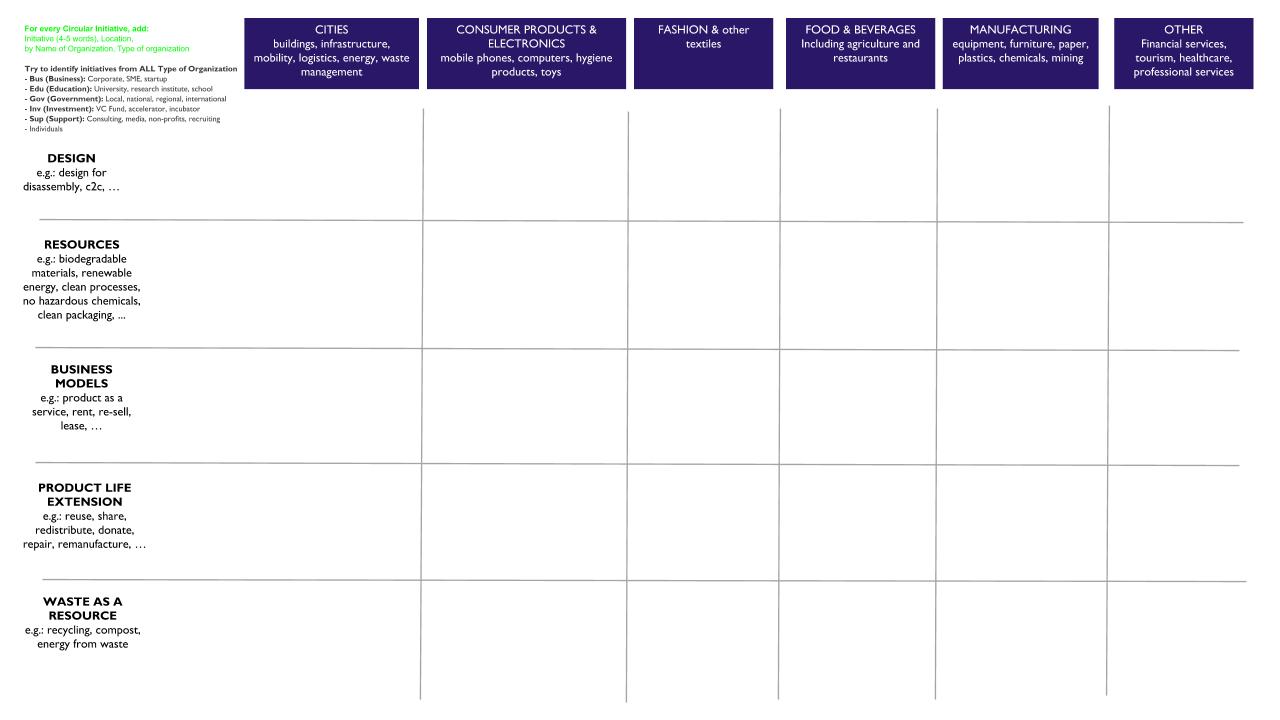Once you have chosen an activity, make sure to set objectives for the activity
Decide on a maximum of 1-2 objectives for the workshop and communicate it to your team. Objectives need to be focused and achievable. Example 1: The activity will be a workshop to collaboratively map over 50 circular initiatives in our city. Example 2: The activity will be a panel-session that will help the audience understand the challenges of recycling plastics and the newest technologies to solve these challenges.
1. Opening registrations and welcome drinks for people to get to know each other
It is important to have the team members with the strongest people skills welcoming attendees at the entrance and ticking them off from the registration list (here is a template for the registration list). For free events, around 50% of the people that registered will attend on the day, so take that into account when closing registrations. For a session able to accommodate only 30 attendees, we would advise you to have 60 people registered.
Use name recycled badges to help attendees network, names should be printed in big letters to make it easier to read. Job titles can also be included, but be creative and include a line “Talk to me about…” so that attendees include their topics of interest, to encourage relevant conversations and interactions.
Welcome your attendees into a lobby or lounge area, provide them with beverages such as water with lemon, juice or non-alcoholic drinks, as you see fit. Your role as an organizer is to introduce people to each other and make sure everybody feels welcome and comfortable.

In the entrance of your event and/or during the welcome drinks, project the holding slide (below) on a screen. Below is an example of a holding slide.
This is an example of a holding slide.
2. Kick off the workshop: Introduce yourself, CEC, the event and how the session works
After the ‘Welcome drinks’, allow 5 minutes to walk the attendees to the room where the session will take place. Below images are examples of a set-up of a room for a workshop session. You will need:
- A screen for the slides
- Enough space for people to work in groups of 4
- 1 mapping grid of paper for each group, printed in A2 (as explained below)
- A pen for each of the attendees
- Enough post-its (around 50 per group)

During the introduction, you will use the slides below, to:
- Introduce: the session, yourself and your partners and introduce CEC.
- Brief attendees on the 2 objectives for the session and encourage the groups to start collaborative working.
Click on the image below to access a slide template for such sessions. We have drafted sample speech text in the notes of each slide. Remember to tailor your slides for each event:
- Download the slides and on the first slide, add your event image and title
- Feel free to translate the slides into the native language of the event, but keep the CEC format and branding
Click the image to download an example of slides.
3. Let attendees work in groups
People will work in groups of 4. Encourage a participative and fun atmosphere for your attendees to share the initiatives they know on circular economy in their cities. Be flexible. If they run out of ideas for initiatives in their cities, allow them to input initiatives in their regions, to look them up in their phones and help them come up with initiatives.

Provide your attendees with the necessary materials. For example, for this workshop attendees were asked to map circular initiatives in their cities. Each group of 4 people we used 1 paper grid (in A2 size) to add circular initiatives:
Click on the image above to see an example of the material that was printed in A2 size for groups to work on.
After the 80 minutes (or the time you allocate for the collaborative discussion), do the following:
- Ask the groups to stop writing and ask every group to share which 2-3 circular initiatives were more outstanding to them; and
- Encourage people to share also what they personally do in terms of circularity. Some of your attendees may work already in circular projects and be willing to share with the rest.
4. Wrap-up the session
Draw the group’s attention back to the screen, to the ‘wrap-up’ slides and aim to get 3/4 answers collectively from all attendees ( rather than from each person), on the following two questions:
- One thing they gained from this session?
- What type of sessions they would like to attend in the future? (e.g. panel discussions on circular design, workshops on business models, etc.) and take notes of this.
5. Set networking time after the workshop
Once you finish wrapping up, do the following:
- Say that you will be sending CEC the compilation of all the work you have done collaboratively in the workshop and photos of the event. And they will be able to find both in your city page within CEC website;
- Thank everyone for attending with special thanks to your team for their great work and if you have a sponsor or venue provider;
- Invite everyone to continue discussions and networking and a drink/bite at the after-session room, go with attendees to the room and
- Help people make connections, you are the facilitator and face of the event – and do not forgot to also enjoy the event.
6. What to do after your event
After the session, send to your CEC Organizers Coordinator:
- Emails of the attendees of the session; and
- Upload the photos of the session to the CEC Facebook and CEC LinkedIn group.
Top tips
- People will ask you things such as: When did CEC start? Where is CEC headquartered? How many members does CEC have? Is CEC a non- for-profit? Who started CEC? When is your next CEC session? What will CEC do with the information gathered in this session? Be prepared to answer questions. Refer to CEC website and ‘About Us‘ section for information and write to patricia@CircularEconomyClub.com for any questions ahead of your event.
- In workshop sessions, be ready to help people come up with ideas when they get stuck. Have at least 5 ideas prepared and in mind prior to the workshop.
- Practice the session with your team before the event.
- Be yourself and enjoy the event. You will be rewarded for your great work, not only through visibility by being the CEC face in your city and worldwide, but also by future potential collaborations and projects that come up because of your proactivity in putting the session together. So be proud of what you have achieved.
Return to Format of CEC activities



